Slip Slip Purl Pass (s2pp)
A Slip Slip Purl Pass (s2pp) creates a centered double decrease, which means that it decreases your stitch count by two stitches and that it leans neither right nor left, but rather stands straight up and down. A common use of the s2pp is to align them over subsequent rows to create a neatly pronounced ridge of knit stitches on right side of the fabric. You work this decrease with the purl-side of the fabric facing you, and although there are a handful of steps for this technique, they’re all super easy! Here’s our Slip Slip Purl Pass Tutorial, where we show you how we do it…
S2pp: Video Tutorial
Click To See Video Transcript
Hey guys, this is Laura from Purl Soho and I’m going to show you how to do an S 2 P P. Now that stands for slip two purlwise through the back loop, purl one, pass, and I will show you exactly what all of that means. But first, just to note, this is a double decrease you’re decreasing two stitches and it’s centered. It doesn’t slant to the left or the right, and it has this really beautiful raised ridge as a result on the right side of the fabric, but it’s actually worked on the wrong side or purl side of the fabric.
Okay, so I’m working across the purl side of my fabric and I’ve worked up to the three center stitches of my swatch. I’m going to work this decrease over these three stitches. The first thing I’m going to do is I’m going to slip one purlwise, then I’m going to slip one knitwise. Next, I’m going to use the tip of my left needle and I’m going to put it into those two slipped stitches like so, and then just take my right needle out. The idea is to get those slip stitches back onto the left needle in their new orientation. The next step is to take the tip of this right needle and insert it into the back loops of both of these stitches at the same time and slip them over to the right. Now I’m going to purl one. And so we have our two slipped stitches and we have our purled stitch. And now I’m going to use the tip of my left needle to do the final step, which is to pick up these two slip stitches and pass them over that purl stitch. And that’s it. We just decreased two stitches on a centered decrease on the purl side of the fabric.
S2pp: Step-By-Step Instructions
With the purl side of your work facing you…
Slip 1 stitch purlwise (as if to purl) from the left needle to the right needle.
Slip 1 knitwise (as if to knit) from the left needle to the right needle.
Insert the left needle into the front legs of the stitches you just slipped and bring them back over to the left needle. This keeps those 2 slipped stitches in their new orientation.
Now, insert the right needle through the back legs of the 2 slipped stitches (first through the second stitch, then through the first), and slip them from the left needle to the right needle.
Next, purl the next stitch on the left needle, as usual.
Finally, insert the left needle into the back legs of the 2 slipped stitches (first through the first stitch, then through the second) and pass them over the purl stitch, like you’re binding off.
Put Your New Skills To Use!
If you want to put this double decrease to use after studying our Slip Slip Purl Pass Tutorial, you’ll find it adds a lovely detail to our Lap Shoulder Pullover Pattern. Knit in our extraordinarily beautiful Season Alpaca, 100% super baby alpaca yarn, you’re sure to have a wonderful time s2pp-ing!
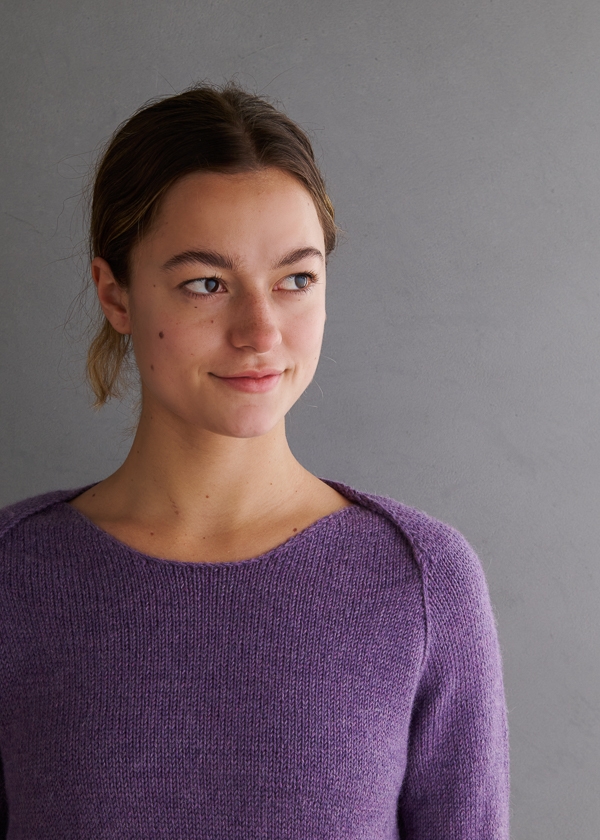
Looking for more inspiration? Explore all of our free knitting patterns and knitting tutorials, buy one of our many knitting kits and yarn bundles, and shop for beautiful yarn. We have over 35 gorgeous natural fiber yarns in 100’s of magnificent colors, designed to bring integrity, beauty, and joy to your next knitting project and only available at Purl Soho!



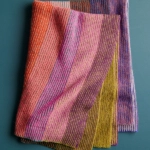
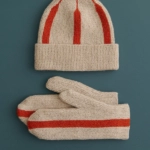


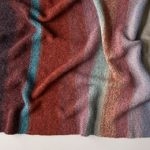
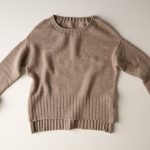
I’m knitting a sweater in reverse stockingette, but doing so inside out so I can knit rather than purl. Is there a way to do this backwards from the knit side, so this effect appears on the “back” purl side?
Hi Jen,
I am so sorry for our slow response to this inquiry!
The answer is yes! The knit version of s2pp is the knit three together, k3tog. It’s worked just like a k2tog you just make sure to grab an extra stitch. I hope this helps!
Happy knitting,
Oscar